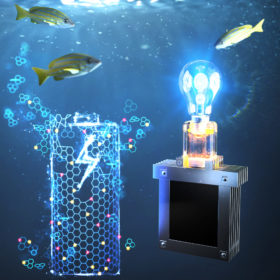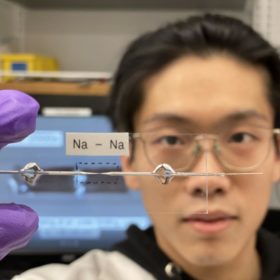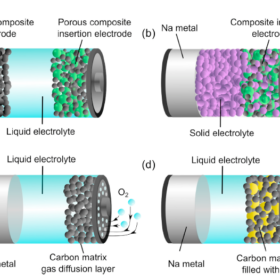High performance seawater batteries based on novel anode material
Scientists in Korea have developed an efficient synthesis route to produce a novel co-doped anode material for rechargeable seawater batteries. They developed a one-step plasma-in-liquid process to synthesize nitrogen and sulfur co-doped carbon-based anode material, which displayed great potential for seawater batteries.
A stable sodium battery, without the anode
Scientists in the U.S. demonstrated a sodium-ion battery with no anode, that retained 99.93% of its initial capacity per cycle. Their design was able to overcome many of the stability issues associated with using ‘pure’ alkali metals in batteries, thanks to carefully minimizing water content in the liquid electrolyte.
An optimistic – but realistic – perspective for sodium batteries
International researchers have analyzed the potential of sodium-based energy storage and found recent technical advances have arrived faster than those for the lithium-ion batteries which have been studied for three decades. Issues remain, however, before sodium constitutes a complementary option to lithium.



